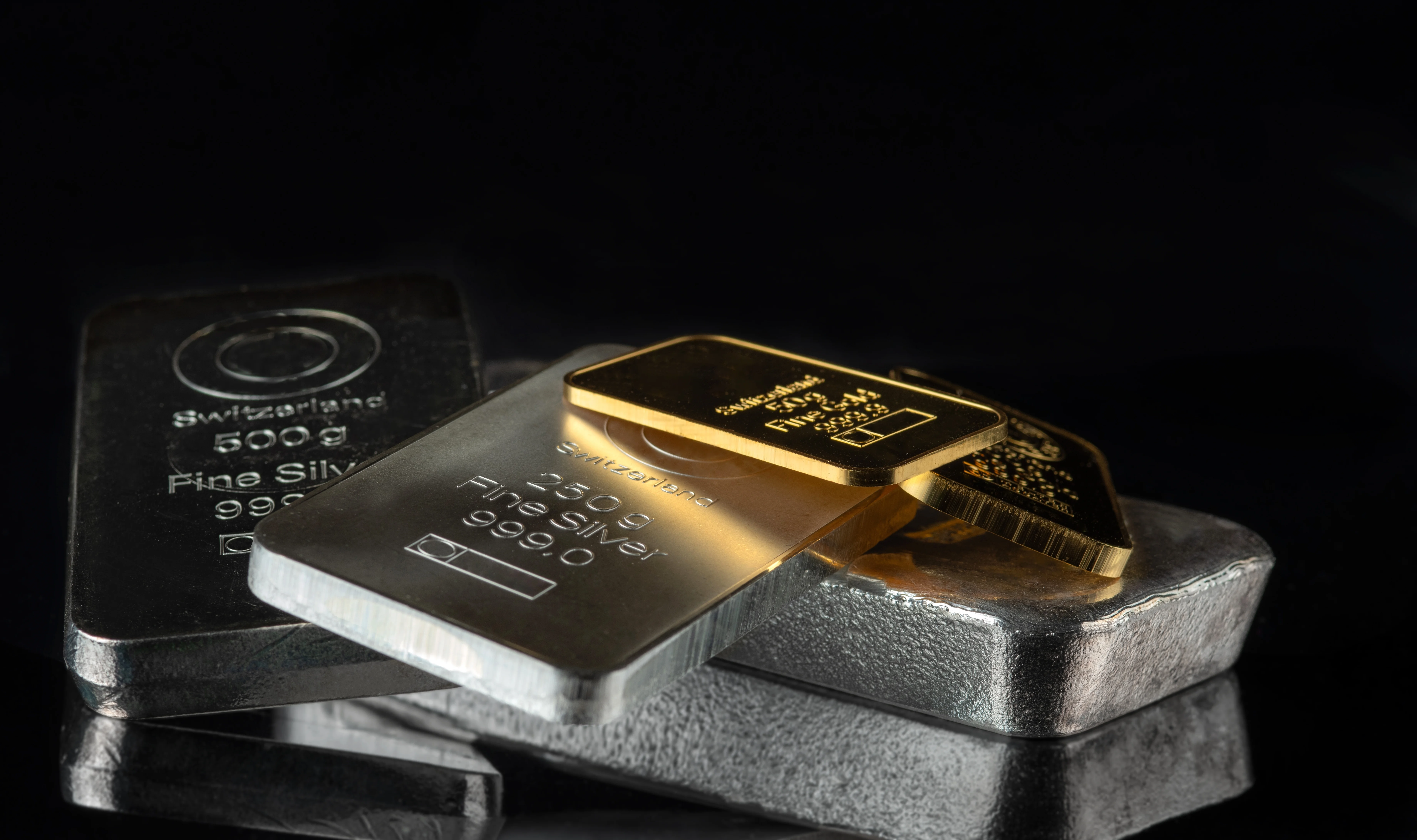
India's relationship with precious metals - gold in particular - is quite deep. It is not just a cultural heritage; it is a generational investment strategy. But more recently, there is a new "line" that astute investors are considering - the gold-silver ratio. This is now a handy investment tool that will help when deciding if one should invest in gold or silver. Quite simply, it provides an insight into which is a better value at any given time. In an age of young investors utilizing data-driven decision-making, this fits comfortably.
What is the Gold-Silver Ratio?
The gold-silver ratio tells you how many ounces of silver are needed to buy one ounce of gold. For example, if the ratio is 80:1, it means gold is currently 80 times more expensive than silver, based on weight. Why does this matter? This ratio helps investors compare the relative value of the two metals. When the ratio rises, silver may offer more value. When it falls, gold might be the better choice. It’s a useful way to understand which metal could be more favourable at a given time.
Why Should Indian Investors Care?
India is one of the largest consumers of gold, and silver isn't far behind. From weddings to Diwali to Akshaya Tritiya, these metals are part of our celebrations and traditions. But today's investors are not just buying for rituals — they're buying for returns.
Here's why the gold-silver ratio matters to Indian investors:
Price-Sensitive Markets: In a country where silver is more accessible than gold, a high gold-silver ratio can indicate a good opportunity to invest in silver—especially for those starting with modest budgets.
Smart Diversification: Balancing your investments across both metals can reduce risks. The ratio helps investors decide how much of each to hold.
Long-Term Vision: Over time, both metals tend to retain value. The ratio helps track which one might grow faster from where it stands today.
Buying Gold and Silver in a Modern Way
Gone are the days when buying gold meant physically going to a jewellery store. Today, investors are looking for smarter, digital ways to invest in precious metals. Just like digital gold made it easier to own gold without worrying about lockers, purity, or making charges, digital silver is also slowly catching on. Investors can now buy both metals in small quantities, track their performance, and redeem or sell gold when needed online. This convenience has made it easier to act on the signals the gold-silver ratio gives. For example, if the ratio rises and you feel silver offers better value at the moment, you can simply buy more silver with a few taps.
Should You Buy Both Gold and Silver?
In short, yes. Both metals offer different strengths. Gold is often considered a safe haven — something that holds value in tough times. Silver, on the other hand, has strong industrial demand, making it more volatile but also potentially more rewarding.
The gold-silver ratio helps you find a balance between the two.
Let's say the ratio is unusually high. That could mean silver is underpriced compared to gold. If you believe the ratio will fall in the future, buying silver now could lead to better returns. Similarly, when the ratio is low, it might be a better time to pick gold.
Instead of betting on just one metal, smart investors use the ratio to adjust their portfolios between the two. This strategy adds flexibility to long-term wealth building — something India's younger generation, with their appetite for data and experimentation, is beginning to appreciate.
Building Wealth with a Steady Hand
It’s important to remember that the gold-silver ratio is not about quick results. Think of it as a guide that helps you understand market trends over time. Like most investments, meaningful shifts don’t happen overnight. The ratio may take months or even years to adjust.
But for those who stay patient, it offers a useful perspective. It encourages you to think about value, timing and balance, all of which are important parts of building a strong long-term investment plan.
As India continues to evolve into a tech-savvy, financially literate society, tools like the gold-silver ratio will become even more relevant. It's a simple way to think smarter about investing in two assets that have stood the test of time.
Micro-investing allows people to start with small amounts and build a steady investing habit. Digital gold fits naturally by enabling small purchases, easy tracking and storage-free ownership. It blends the trust of gold with digital ease. Over time, gradual investments can support long-term savings and add balance to a diversified portfolio.
A gold vault is a secure facility that stores physical gold on behalf of investors. It ensures gold is safely protected, audited and insured. Vaults remove the risks of home storage and provide clear ownership records. By handling security and verification in the background, gold vaults make modern gold investing safer, simpler and more dependable.
Metal trading often attracts attention during uncertain times. Gold prices make headlines, silver demand rises quietly, and industrial metals move alongside global growth cycles. Yet many investors are unsure what is metal trading, and whether it deserves a place alongside equities, mutual funds and fixed income. This article answers that directly. It explains what metal trading involves and helps you decide if it fits your portfolio.

MMTC-PAMP India Private Limited
Rojka-Meo Industrial Estate,
Distt. Nuh,
Haryana – 122103,
India
Ph: +91 124 2868000
CIN - U27100HR2008PTC042218
customercare@mmtcpamp.com
info@mmtcpamp.com
For corporate sales related
queries :
corporate.sales@mmtcpamp.com
Toll Free
1800-313-182182
(08:00 AM - 08:00 PM IST, Mon - Sat)
* Accessible from Indian (+91) numbers only